News • 9 May 2023
New tool on ocean impact launched
What if we could analyse the cumulative environmental impacts of human activities and the outcome of different ocean management scenarios? Now we can!
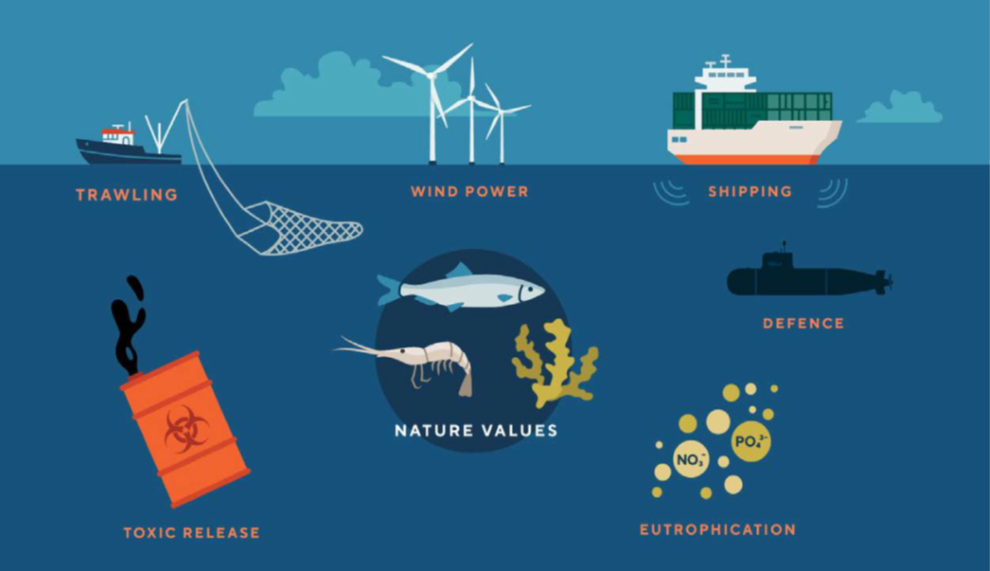
Human activities are increasing in marine and coastal areas globally. In the Western Indian Ocean (WIO) region, the notion of blue economy is driving more ocean use with new ports being developed and ocean spaces being allocated for oil and gas exploitation. If unplanned, these activities will lead to more conflicts for space: conflicts between users and conflicts between human activities and the environment.
New tool help marine and coastal planners
The countries of the Western Indian Ocean, the Nairobi Convention Secretariat and Swedish partners, have unveiled a new tool; the “WIO Symphony” that can help marine and coastal planners assess the impact of ongoing and new ocean uses. The WIO Symphony is a practical web tool for environmental assessment to support ecosystem-based marine spatial planning.
The WIO Symphony tool can be useful to marine spatial planners as well as marine managers and decision makers in ministries. The tool allows planners to compare outcomes of several alternative marine spatial plans and choose the best one.
Co-developed for the Western Indian Ocean
WIO Symphony has been co-developed by the team specifically for the Western Indian Ocean region. More than 50 experts from the region and around the world have contributed with knowledge and data. The tool will be hosted by the Nairobi Convention and is available to all its member states.
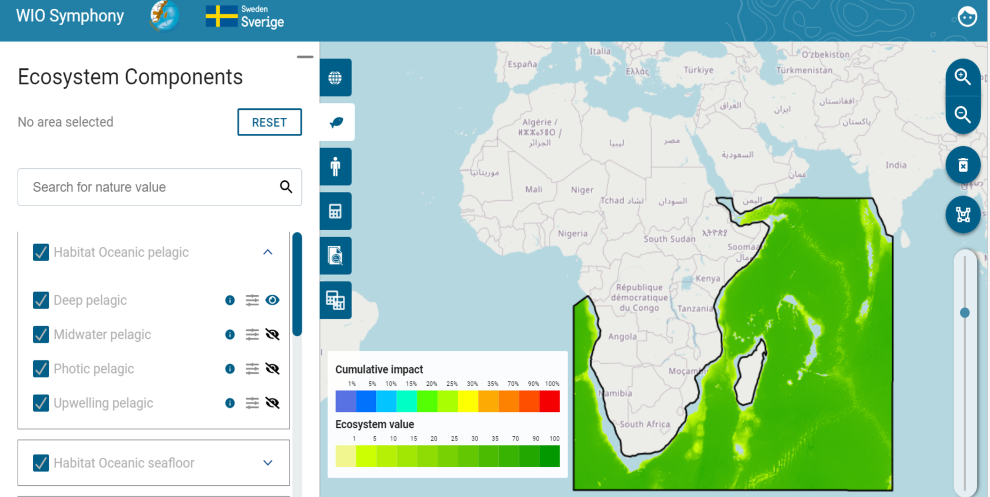
WIO Symphony can be useful to marine spatial planners as well as marine managers and decision makers.
80 maps of ecosystem components and human impacts
The tool is based on more than 80 maps, using a 1×1 km resolution, of ecosystem components and the impact of human activities specific to the WIO. Coupled with a WIO-specific sensitivity matrix that is developed by a regional expert panel, the tool indicates how vulnerable the ecosystems are to different pressures across the WIO region. Most importantly, the tool allows one to analyse the cumulative impacts and expected environmental outcomes of different planning options and management scenarios.

Great interest: The new tool WIO Symphony, launched at the WIOMSA symposium, received a lot of attention from potential users and researchers
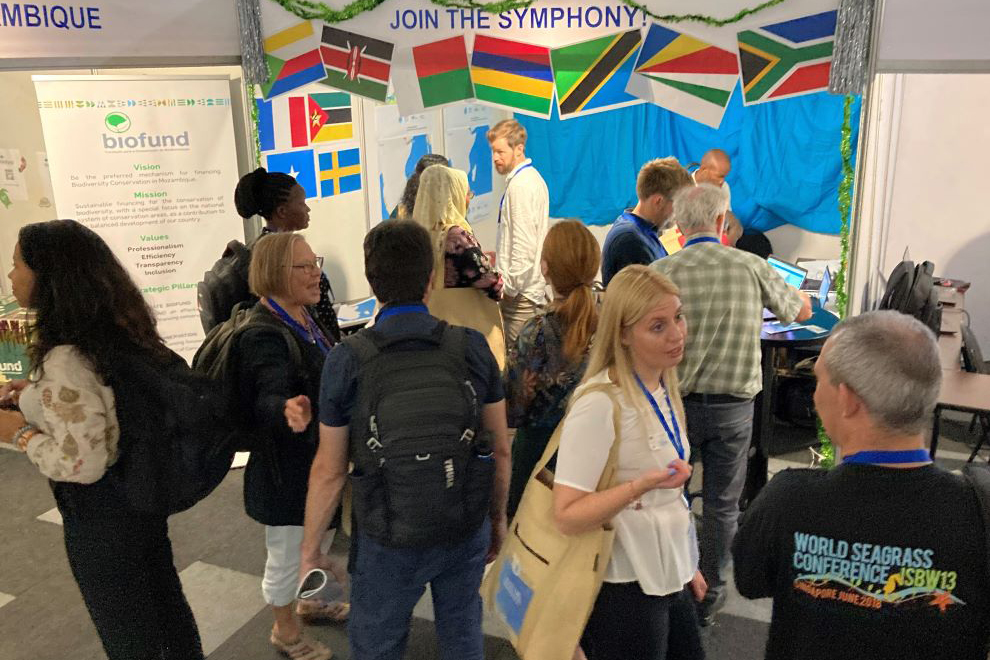
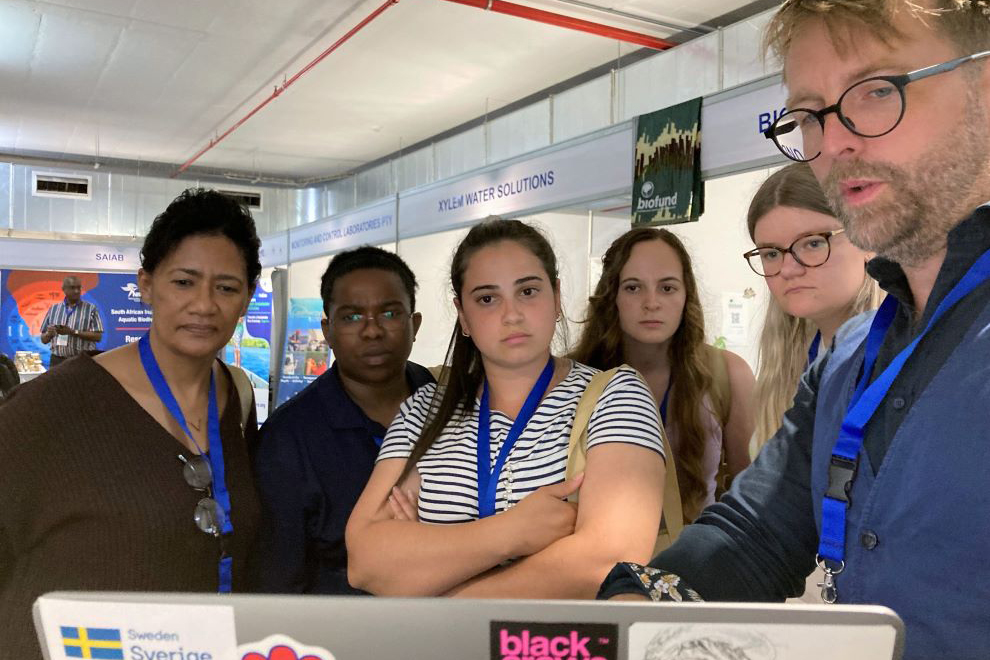
Symposium participants. Photo: Wilhelm Gårdmark/SwAM
Actionable information for decision makers
Decision makers get an actionable picture of the alternatives. Marine managers can single out patterns and areas with important ecosystems or sensitive ecosystems components, and least vulnerable areas.
The WIO Symphony analyses impacts and environmental outcomes of planning and management scenarios.
The WIO Symphony can be used for cumulative environmental impact assessments. Cumulative environment impact is the sum of all impacts from various human activities. It sums up the pressures from oil spills, climate change, dredging, ship noise, trawling, fishing, boating, etc. It is important to check, because while one single pressure might not act too badly on, for example, a cuttlefish population, the sum of many pressures might indeed.
Cumulative environmental impact assessments are a key requirement for the management and use of resources of the WIO in an environmentally sustainable manner. This is related to the fact that even today, the marine environment and the impacts of human use are still poorly understood. Even where human interference with marine ecosystems seems acceptable, this should be verified through detailed analyses and research.
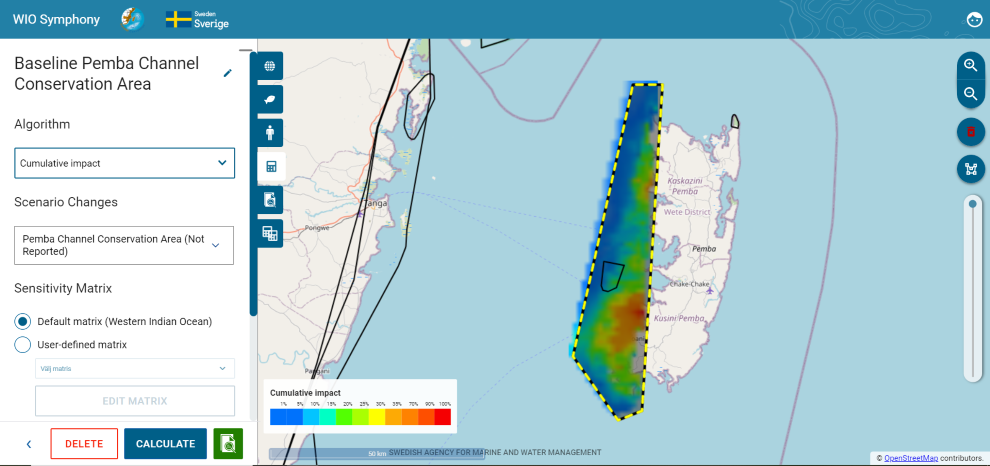
Heat map: WIO Symphony is a practical web tool for cumulative environmental assessment in support of ecosystem-based marine spatial planning. It reveals hotspots of cumulative impact.
Contributes to priority actions of the Africa Roadmap for the Ocean Decade
WIO Symphony can make sustainable ocean management possible. WIO Symphony lets you show data, create maps, calculate cumulative impact on environment and compare planning options and alternative use of the ocean – abilities that allow ocean managers to make informed decisions, choosing a sustainable direction.
WIO Symphony already has strengthened data accessibility by collecting and making available a huge set of data for the Western Indian Ocean and beyond, from Somalia to the Seychelles, around South Africa up to and including Angola.
Wisely used, the WIO Symphony can improve management of marine resources by making visible what is present, what is vulnerable and which resources that would be impacted by each choice at hand.
The development of the WIO Symphony went along with building the capacity of users and early career researchers in the technical use of GIS, R programming; and connecting the expertise needed. “It has been great and educative to work with all the ocean professionals in the co-development of the WIO Symphony”. The WIOMSA Symposium is a great event for talking with scientists and practitioners from the western Indian Ocean and the world; especially early career professionals,” says Linus Hammar from the Swedish Agency for Marine and Water Management.
Just as the WIOMSA Symposium brings science to policy, WIO Symphony brings science to practice by letting marine spatial planers and decision-makers use and analyse scientific knowledge on a large scale.
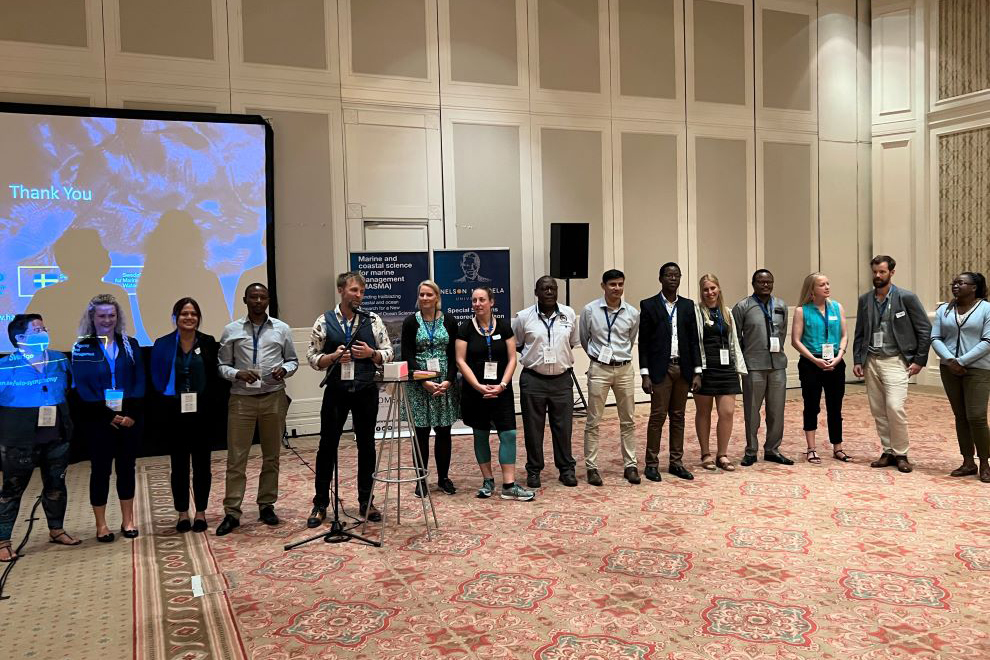
The WIO Symphony team. Photo: Eric Strömberg / University of Gothenburg
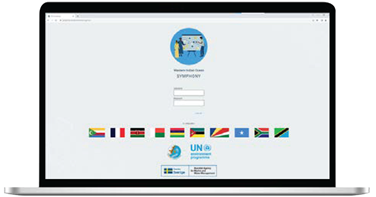
WIOMSA
This article was originally published in
The WIOMSA Magazine number 15 April 2023
Read more and join the Symphony www.nairobiconvention.org/wio-symphony



